Share
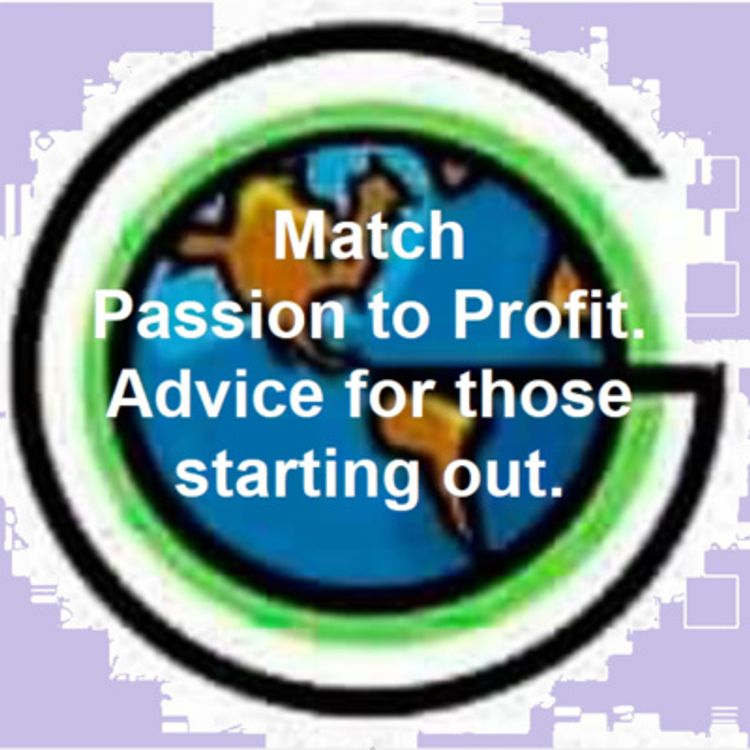
The Green Meridian Podcast - A Landscape Design/Build Toolkit
30: Advice for those Starting Out
I talked to a number of people during any given year, those that are interviewing for a design position with our company in some cases and in my discussions through the landscape design trade organizations, with folks that are rethinking their careers and orienting themselves now to a career in landscape design. So I was daydreaming about what real guidance I needed back in the early days. There are of course quite a variety of orientations to the work that can be considered, whether it is commercial versus residential landscape design or urban planning or municipal and park and recreation work, or interior escapes or resort design.
For my part, I've mentioned this before, but I came from the nursery industry -and as such this gave me a unique perspective toward the work overall. Like a lot of folks, I oriented myself first to the plant material. That was the spark that gathered my initial interest and that focused my passion at the outset. I did spend a few years working for commercial firms and doing planned unit development, hotel and resort and retail design planning. I found the work to be somewhat cold and sterile. I felt like I had come quite far from working in a greenhouse too, where I had originally become first interested in the potential of the career -and I longed to make the change back into the greener aspects of the work. I took a bit of a detour in the late 80s, to learn some specialty computer rendering work that was fairly edgy at the time. By 1990, I was doing digital imaging work and learning new applications for presentation rendering, a field that was relatively unheard of at the time - and led to some interesting work with Sunset magazine, The Los Angeles Times, the ABC Home Show and ultimately toward future employment.
But in the end, I gravitated back into the residential design field , to the work that inspired my original passion. I think that there is some advice that I could have been given, that was not available to me in my early days. With the perspective of decades now in the work - and the ability to see the arc of my own career more clearly, I wanted to take a few minutes to advise my past self - and in so doing perhaps those that are starting out in their careers and landscape design as well.
More episodes
View all episodes

59. 59: Estimating for Landscape Professionals with Jon Bryant of StickyBid
46:42||Season 2, Ep. 59Successfully estimating your project can be the make or break moment that defines your company success. How do other folks do it? We talk about landscape estimating and billing on today's episode of the Green Meridian podcast. Our special guest is Jon Bryant with StickyBid, an application that you can upload to your phone or laptop that allows you to present clients with quick estimates and comprehensive billings in an easy to use and graphically rich format. You can find them at Stickybid.com. We also talk about Zapier.com, an interface that helps you transfer data between different software systems - for example between CRM and estimating system. Service Autopilot, Jobber, Aspire and LMN are also discussed....and we ramble on about a few of the problems that contractors and designers face in estimating and billing projects with a few troublemakers - Bill Peregrine of Earthdance Organics, Will Anstey from Devonshire Landscapes and Rick Perry from Fallingwater Gardens.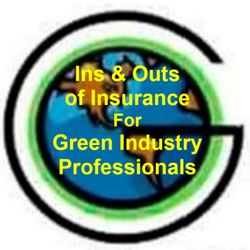
58. 58: The ins & outs of insurance for Green Industry Professionals
57:45||Season 2, Ep. 58For this episode, we speak with Ryland Longoni of Federated Insurance (rjlongoni@fedins.com), a specialist insuring landscape designers, landscape architects, general contractors and other green industry professionals. Ryland answers key questions, such as "How much insurance do I need?", "How much liability insurance is enough?" - and covers the ins and outs of Errors & Omissions insurance, talks about importance of appropriate text in your contracts and discusses a few key questions that green industry folks should be asking their insurance agents.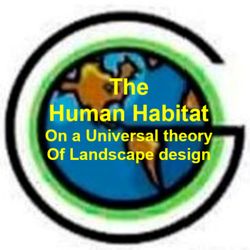
57. 57: The Human Habitat
22:35||Season 2, Ep. 57What if there was almost universal agreement on what constitutes good landscape design? What if we could break a "hidden code" that unlocks the secret to any successful landscape layout? It's fascinating to consider that human beings have a largely consistent sense of what constitutes beauty in art - most of us stand in awe of Michelangelo's talent and line up for hours to see the works in the Louvre or The Metropolitan Museum of Art. It's safe to say that folks generally agree about traditional artistic beauty. (Sure there are dissenters and outliers, but let's ignore those folks for a moment). My point is to ask if there might be a "code", or a formula, that could define a sensibility of comfort and calm - beauty really - in a landscape? The studies I found can lead us to a fairly amazing understanding of how humans view our outdoor environments. This kind of knowledge might inform and underpin how we approach landscape design - and set the groundwork for some reliable rules that help us create beautifully functional outdoor spaces. Have you ever looked closely and been struck by the beauty in a carefully hand fitted stone wall? Do you find certain kinds of garden layouts more appealing than others? Of course you do, and while we can't say that everyone completely agrees, there is a certain consistency in taste that arises generally - and importantly - throughout the world. When you think about it, there is a general throughline within which we agree on this. Thinking about this, I came across a number of studies in which survey research was done internationally - related to different landscape paintings and how different people experienced various outdoor views. And what struck me was that the result of this was an unexpected consistency, in which a singular view was selected by a disproportionately large number of those surveyed as being the most appealing. Think about this. A singular type of view was consistently preferred. Why is this? This is a crucially important subject within the context of basic human understanding - and surprisingly I've never really heard of this subject spoken about much in the fields of landscape architecture or landscape design. We've all read about the 'rules of design' of course, from finding Fibonacci's spiraling ratio repeated in everything from a flowers corolla to the Crab nebula. We've wondered at the proportions of Leonardo's 'Vitruvian Man' - and some of us have studied architecture and the Palladian ratio of column sizing - and scratched our heads over what makes Frank Lloyd Wright's work so visually stunning - or Japanese gardens to be so contemplative and sublime. The incredible thing to consider here - is that studies will generally show that a disproportionate number of respondents will favorably choose a singular type of view over any other. Why is that? As someone who designs outdoor spaces, I feel like I generally know what I like, but the esoteric question here is, why do I like it? ... is it that I'm trained to find certain types of alignments more beautiful than others? Or is there something deeper and more instinctual at play? Let's talk about this in this - what defines universal beauty in the landscape...References: Jay Appleton and Prospect Refuge Theory: https://www.sciencedirect.com/science/article/abs/pii/S0272494424001178Kaplan & Kaplan's Preference Model: https://www.sciencedirect.com/science/article/abs/pii/S0169204613002375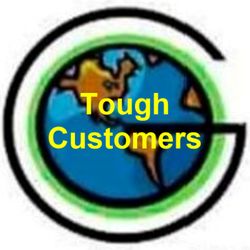
56. 56: Tough Customers
32:57||Season 2, Ep. 56Today's topic is Tough customers: Managing problematic landscape design/build clients.Do you have occasional client problems?Why is it important to try to try to anticipate client behavior?You need to have an awareness about the real Impact client disfunction can have on your business.A lack of understanding can create put stress on staff and resources, and cause time to be wastedWithout an ingrained and practiced understanding, you will suffer potential time and financial losses and your professional reputation may suffer...But you can also make lemonade out of lemons - by correcting a problem before it becomes an issue.It almost goes without saying that you could have absolutely screwed something up - and that can set a client off.Let's assume for our purposes that this is NOT the issue - and that you will generally rise to the occasion, take responsibility and notify all parties immediately of any SNAFU. (Of course you will! That's why you are loved by all!)This Episode of the Green Meridian podcast is brought to you by StickyBid.Visit Stickybid.comOne of the best ways to get started or reach that next level with your business is through the first impression you make, and how "polished" your communications are. In just a few seconds, StickyBid can build your business an emotionally compelling "Sell Page" that you can pair with every estimate you send. StickyBid makes it easy and fast to build customized estimates that are branded with your logo. You can even create templated line items for specific designs, consultations, installations, care services, materials or extra charges - regardless of project type.Stickybid helps landscaping designers, landscape installation and outdoor care professionals reel in more customers, close more jobs and manage client communications - using a really easy to use simplified CRM, estimating and invoicing system - basically an integrated tool that you can use right from your phone. Your invoices and automated followups are delivered to your clients - personalized and with your logo. Estimating and billing can be done while you are on the go - faster - and with an online payment system that quickly improves your company cash flow and records client work approvals. It’s a really innovative and simplified tool that lets you create polished estimates and visual “sell pages” in as little as a minute. It also has CRM features for managing leads, tracking customers, and creating and sending invoices right from the Stickybid platform.Check it out. This is a subscription product, but it's being offered for FREE right now to GM podcast listeners and members of the Green Meridian Group.You can get access at https://stickybid.com/ and sign up now at no charge. Use "StickyBid2T". Just go to Stickybid.com and generate your new, branded sell page in less than a minute!__________________________________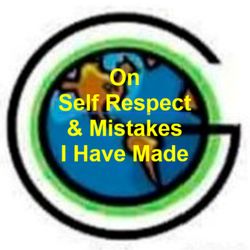
55. 55: On Self Respect & Mistakes I Have Made
37:26||Season 2, Ep. 55I am taking a moment to restock my understanding of my career here, with a compilation of missed opportunities, unforced errors and last minute three-point shots that bounced from the rim. Mixed in like oil in a bucket of water - are some thoughts about Joan Didion's brilliant essay "On Self Respect". Joan Didion's essay: "On Self Respect"https://sites.gatech.edu/alexburgin/on-self-respect-by-joan-didion/
54. 54: Hopes, Dreams & Differences of Opinion
01:01:17||Season 2, Ep. 54Welcome to The Green Meridian Podcast, where we dig into the roots of the landscape industry and explore the issues shaping its future. Today, we’re stepping out of the fields and gardens and into the heart of the political landscape - with a timely episode focused on the upcoming election. We are representing both sides of the political divide today - for a lively, balanced (and occasionally unhinged) discussion on the policies, regulations, and economic factors that could impact the landscape industry and the broader environment. Our goal is to foster an open, thoughtful dialogue on how each party’s platform aligns — or clashes — with the interests of green industry professionals. From business regulations and labor laws to environmental policies and climate action, we’ll examine what’s at stake in this election and what it could mean for landscapers, horticulturists, and everyone committed to keeping our spaces vibrant and sustainable.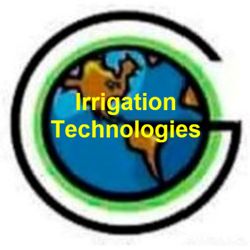
53. 53: Irrigation Technologies
59:58||Season 2, Ep. 53We are joined by some irrigation experts for this timely Summer discussion, from national irrigation product marketing managers, to some talented technicians - as we discuss the possibilities and pitfalls in marketing water saving irrigation products. Our guests include: Mark Guthrie of Puget Sound's Saving Water Partnership, Bryce Carnehl, Specification Marketing Manager Hunter Industries, Sergio Lopez, Business Development Manager with Horizon Online, Trent Allen, manager of Mist'er Rain, a landscape irrigation installer in the Puget Sound region - and some surprise guests with strong opinions! Check out Mark's handy irrigation "Weekly watering tip" email link here:https://www.savingwater.org/lawn-garden/watering-irrigation/weekly-watering-schedules/
52. 52: Automate Your Marketing
44:43||Season 2, Ep. 52Let's spend some time focusing on the vexing topic of online marketing and how to tailor it to your specific business - at low or no cost.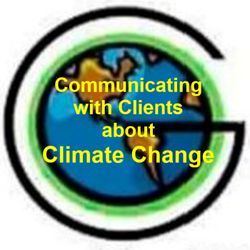
51. 51: Communicating with Clients about Climate Change
01:01:28||Season 2, Ep. 51From navigating the sudden onset of harsher Summer and Winter weather events, to articulating ideas about lessening the impact of diminishing habitat, landscape professionals need to not only relate the larger climate to what is happening on a specific property, but show and specify new and innovative solutions. From water saving ideas, to pollution limiting drainage solutions, we are in a unique position to contribute a fractional amount to reinforcing a positive change, through design solutions and educating consumers. In this episode, we speak with landscape designers on the East & West coasts about how they approach clients about this critical topic. Now more than ever, it's more important for green industry professionals to be able to speak clearly and convincingly about the effects climate change.References:ASLA Survey: Continued Increase in Demand for Nature-Based Solutions to Climate Change1American Society of Landscape Architects: Biodiversity & Climate Action 101 for Landscape Architects Webinar Series2ASLA Survey: Significant Increase in Demand for Climate Planning and Smart Practices3Landscape Design In Our Time of Climate Change4Climate Change Mitigation and Landscape Architecture5